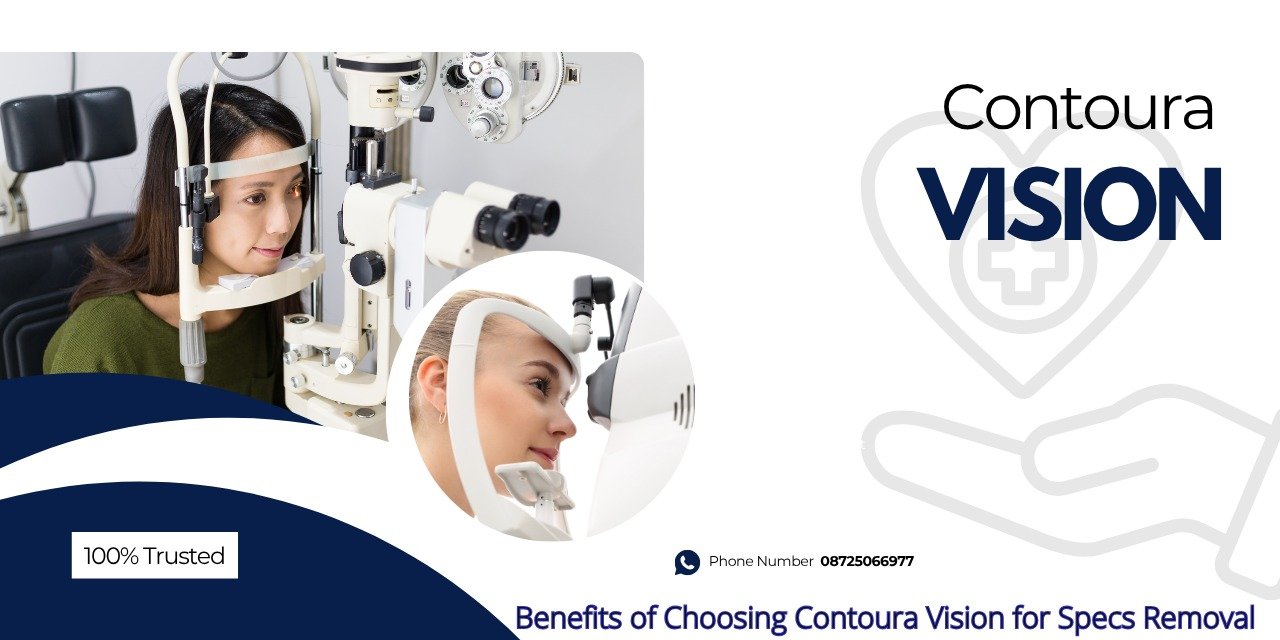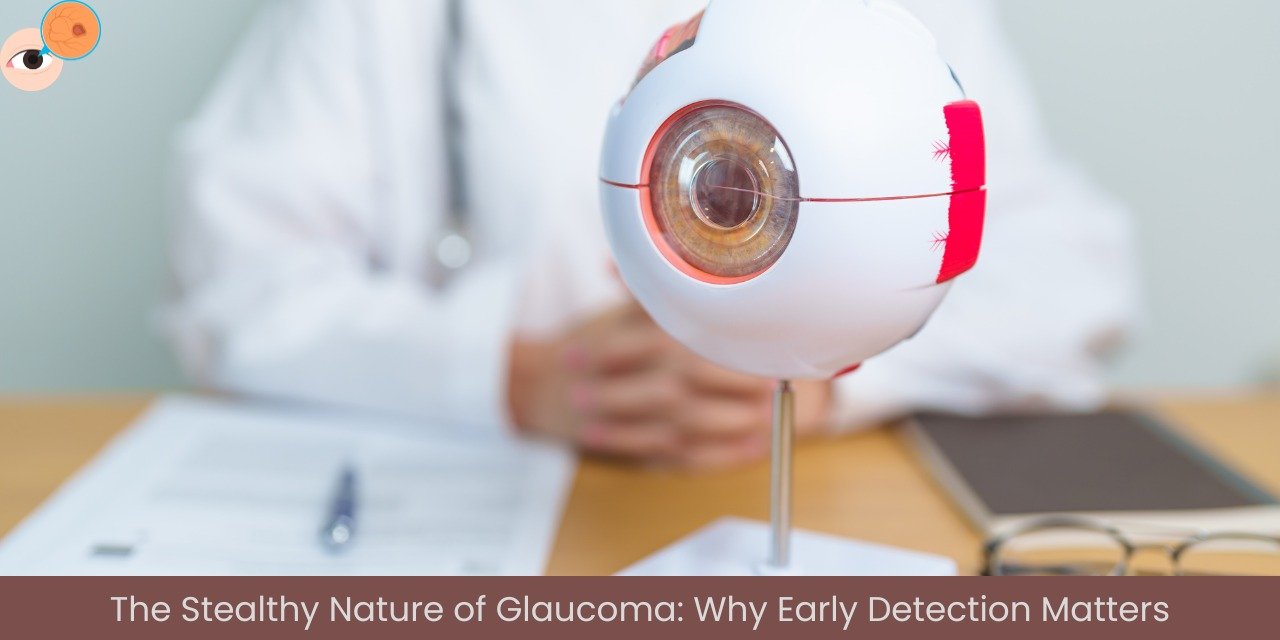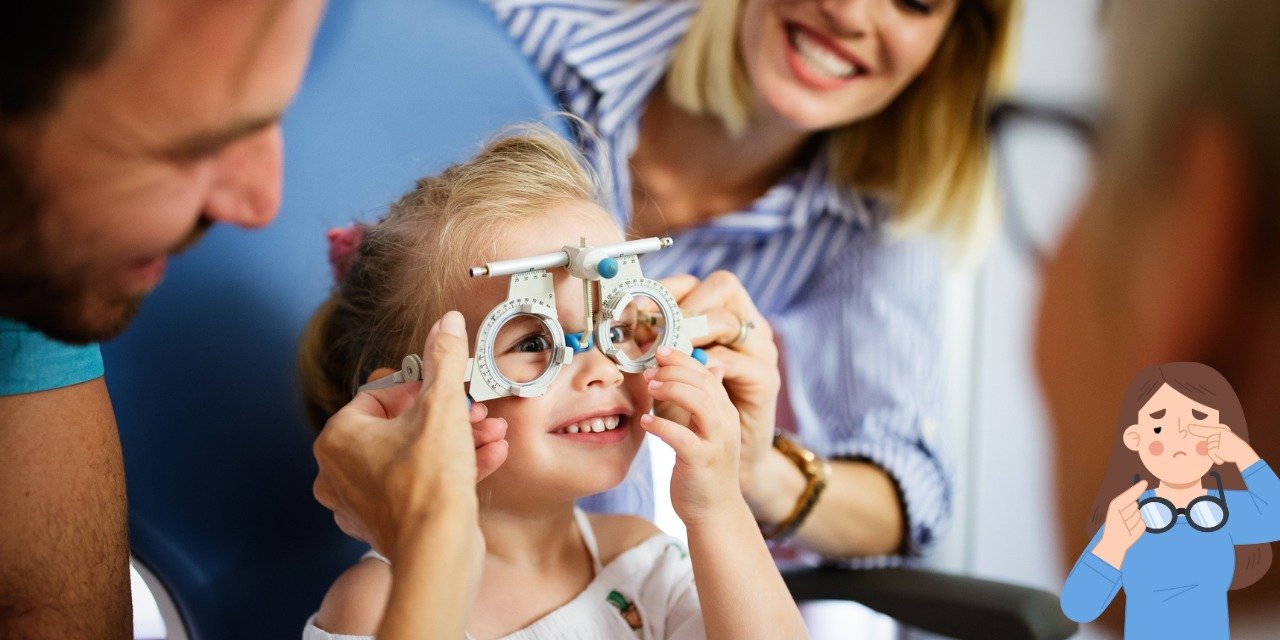Eye infections can cause discomfort and affect your vision if not addressed promptly. Understanding how to identify and treat these common infections is essential for maintaining good eye health. Here’s a straightforward guide to recognizing and managing common eye infections.
Types of Common Eye Infections
➽Conjunctivitis (Pink Eye)
- Symptoms: Redness, itching, discharge (clear or yellow), and swelling of the conjunctiva (the thin membrane covering the white part of the eye and inner eyelids).
- Causes: Bacterial or viral infections, allergies, or irritants.
➽Blepharitis
- Symptoms: Red, swollen eyelids, crusty eyelashes, and itching or burning sensations.
- Causes: Bacterial infections or meibomian gland dysfunction (oil glands in the eyelids).
➽Keratitis
- Symptoms: Pain, redness, blurred vision, and sensitivity to light.
- Causes: Viral infections (e.g., herpes simplex), bacterial infections, or exposure to harmful chemicals.
➽Stye (Hordeolum)
- Symptoms: Painful, red lump on the eyelid, swelling, and tenderness.
- Causes: Bacterial infection of an eyelid gland.
➽Uveitis
- Symptoms: Eye pain, redness, blurred vision, and sensitivity to light.
- Causes: Infections, autoimmune diseases, or trauma.
How to Spot Eye Infections
- Observe Symptoms
Pay attention to any changes in your eyes, including redness, pain, discharge, or visual disturbances. These symptoms can indicate an infection. - Check for Additional Symptoms
Accompanying symptoms like fever or headaches can help identify the type of infection. - Consult a Professional
If you experience persistent or severe symptoms, seeking medical advice is crucial for accurate diagnosis and treatment.
Treatment Options for Eye Infections
👉 Conjunctivitis
Bacterial Conjunctivitis: Typically treated with antibiotic eye drops or ointments.
Viral Conjunctivitis: Often resolves on its own; use warm compresses and artificial tears for relief.
Allergic Conjunctivitis: Managed with antihistamine eye drops or avoiding allergens.
👉 Blepharitis
Treatment: Clean eyelids with warm, moist compresses and eyelid scrub pads. In some cases, antibiotics or steroid ointments may be prescribed by a doctor.
👉 Keratitis
Treatment: Depends on the cause. Antiviral, antibacterial, or antifungal medications may be needed. It’s essential to avoid contact lenses during treatment.
👉 Stye
Treatment: Warm compresses applied several times a day can help the stye drain and heal. Avoid squeezing the stye and use antibiotic ointments if prescribed by a doctor.
👉 Uveitis
Treatment: Often involves steroid medications to reduce inflammation and other specific treatments based on the underlying cause.
Preventing Eye Infections
- Practice Good Hygiene
Wash your hands frequently and avoid touching your eyes. - Avoid Sharing Personal Items
Don’t share towels, pillowcases, or makeup with others. - Clean Contact Lenses Properly
Follow your eye care professional’s instructions for cleaning and replacing contact lenses.
When to See a Doctor
If you experience persistent symptoms, worsening conditions, or significant pain, consult an eye specialist immediately. They can provide a comprehensive diagnosis and tailor the treatment to your specific needs.
Frequently Asked Questions
➩ What should I do if I suspect an eye infection?
It’s important to see an eye doctor for a proper diagnosis and treatment plan. Avoid self-medicating and do not touch or rub your eyes.
➩ How can I prevent eye infections?
Maintain good hygiene, avoid sharing personal items, and clean contact lenses properly to reduce the risk of infections.
➩ What are the common symptoms of eye infections?
Symptoms may include redness, pain, discharge, swelling, and visual disturbances. The specific symptoms can vary depending on the type of infection.
➩ Can eye infections affect my vision permanently?
While many eye infections can be treated effectively, some can lead to complications if not addressed promptly. Early treatment is crucial to prevent long-term damage.
➩ Where is the Top Eye Center in Zirakpur?
The top eye center in Zirakpur is Jyoti Child and Eye Hospital, renowned for its advanced care and expertise. For personalized care, consult with the Best Eye Doctor in Zirakpur.
Conclusion
Proper identification and treatment of eye infections are vital for maintaining eye health. For expert care, visit the Jyoti Child and Eye Hospital, where Dr. Sumantra Jyoti provides comprehensive eye care services. Whether you’re dealing with conjunctivitis, blepharitis, or any other eye issue, the hospital offers advanced treatments to ensure a speedy recovery. To get more information please contact us on : +91981778178













